How to master the zoom burst technique
Let's twist again
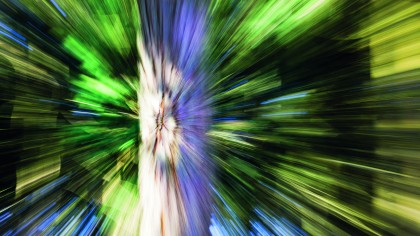
How to master the zoom burst technique
Zoom burst photography is a technique achieved by zooming in to your subject during an exposure. The change in focal length creates streaks of color and light that appear to burst from the centre of the frame. It's a great way of adding a sense of movement, or to simply enhance a scene by giving it an abstract feel.
Scenes full of color or patterns work particularly well, as the end result will be an array of colorful streaks and lines. As this time of year the landscape isn't looking overly colorful we've come to a woods to make the most of the strong graphic lines created by the trees.
By shooting on a sunny day, any bright spots will be elongated by the zoom. This will transform the dappled light through the trees into bright streaks for added contrast.
The most important elements of this technique are to take control of the shutter speed and to zoom smoothly and steadily throughout the entire length of the exposure. The amount of time needed for the exposure depends on the subject, how quickly you zoom and how much blur you want to achieve.
Too short an exposure and you won't get much of an effect; too long, and your subject will be unrecognizable. By shooting in Shutter Priority (Tv) mode you can experiment with different shutter speeds and the camera will take care of the rest.
As exposures are slightly longer than what you might typically use in daylight, you can use a low ISO setting for noise-free shots. The camera will then select an appropriate aperture for a balanced exposure. You don't have to worry too much about the aperture because the depth of field won't really affect the image as the technique produces blur anyway. So grab your camera and let's get started.
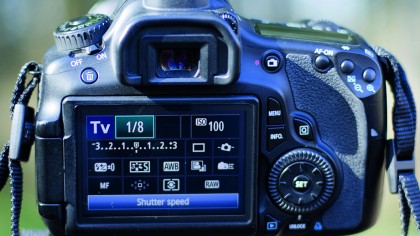
1. Slowly does it
The shutter speed is the most important factor in this technique, so shoot in Shutter Priority (Tv) mode. The shutter speed needs to be long enough to allow you to twist the zoom ring for the desired effect, ideally 1/8 sec or longer, depending on your subject.
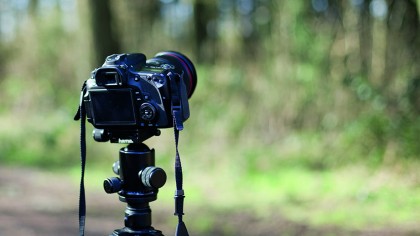
2. Three legged friend
Depending on the effect you want, it's advisable to set your camera up on a tripod to render the blurred streaks in a straight line. But shoot handheld first to test out different subjects and compositions before fixing to a tripod and fine-tuning your composition.
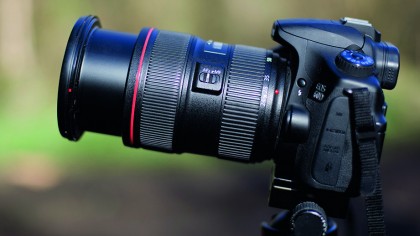
3. Compose and focus
For the best results choose a subject with an element of symmetry. We've picked the most dominant tree in our forest scene as our focal point and composed with it centrally in the frame. With autofocus enabled, zoom all the way in on your lens to focus on it.
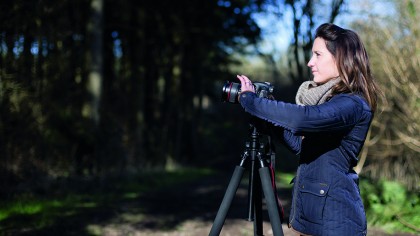
4. Do the twist
To ensure the focus doesn't jump during the exposure, switch to manual focus to lock it. Set your lens back to its widest focal length and smoothly zoom in as you press the shutter button, while taking care not to nudge the camera during the exposure.
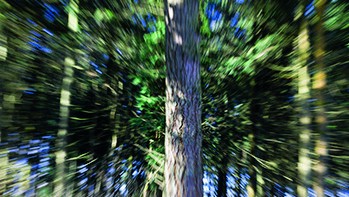
5. Trial and error
Successful zoom burst photography is simply is a matter of trial and error. Some subjects will work better than others. The amount of blur you want is personal preference. With this in mind take a number of shots at different shutter speeds and vary the speed at which you twist the zoom ring until you get a shot you're happy with.